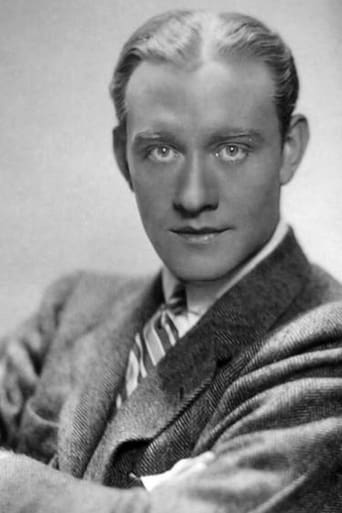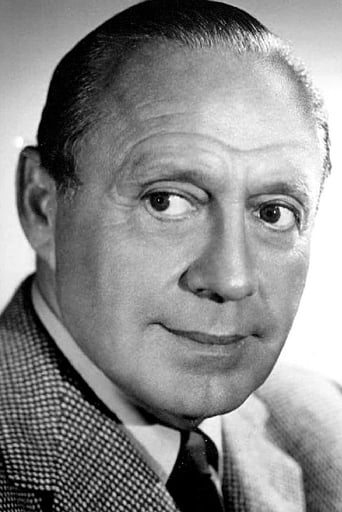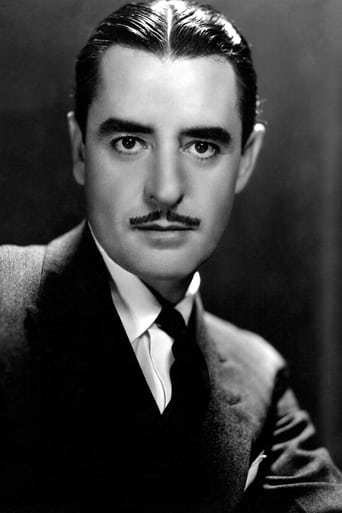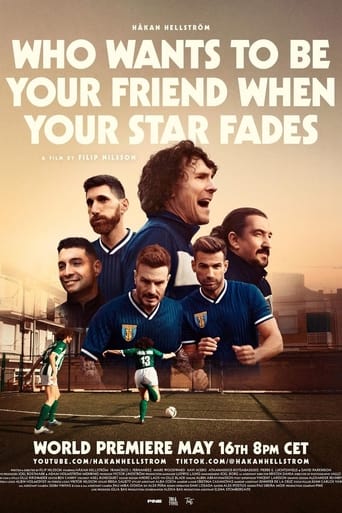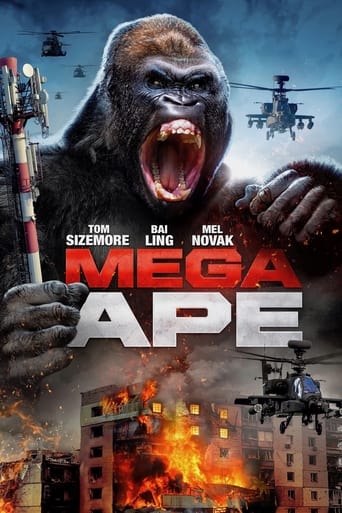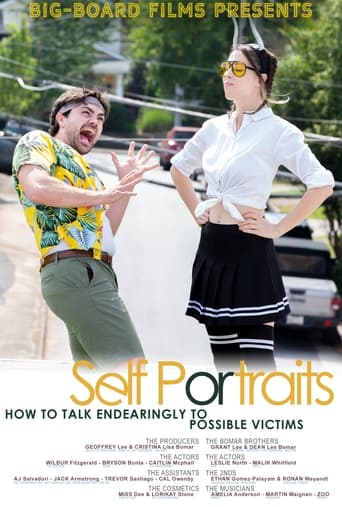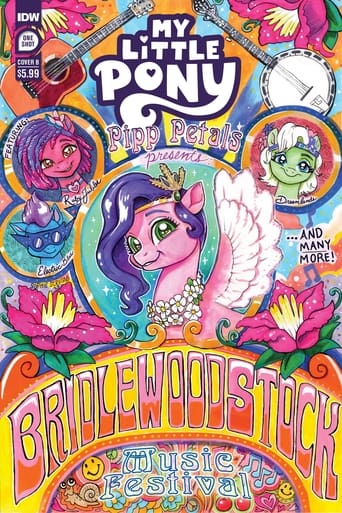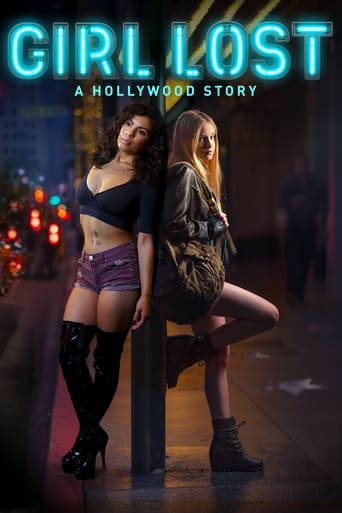The Hollywood Revue of 1929 (1929)
An all-star revue featuring MGM contract players.
Watch Trailer
Free Trial Channels
Cast


Similar titles
Reviews
SERIOUSLY. This is what the crap Hollywood still puts out?
The movie's not perfect, but it sticks the landing of its message. It was engaging - thrilling at times - and I personally thought it was a great time.
A film of deceptively outspoken contemporary relevance, this is cinema at its most alert, alarming and alive.
The film never slows down or bores, plunging from one harrowing sequence to the next.
This is the very first of the all-star, no-plot revues that proliferated during 1929 and 1930. Just about every star at Metro is featured, and there are many fun sequences to be savored in this film. The most famous one is probably the Joan Crawford segment, where she sings and dances to "Gotta Feeling For You". Her singing is passable, and her dancing is, well, "energetic". Marion Davies seems quite nervous in her "Tommy Atkins On Parade" number, but Bessie Love is pretty good in her wild acrobatics. Marie Dressler is fun, as always, and you can glimpse Carla Laemmle as the pearl in the oyster during "Tableau Of Jewels", which opens the second half. John Gilbert's speaking voice dosen't sound nearly as bad as had been rumored, even when considering the antiquity of the recording. The "Singin' In The Rain" number is fun, and offers a good contrast to the more famous one in the film of the same name. There are some special effects and two-color Technicolor that must have wowed the audiences back then, and it's been said that during the premiere, the theater put a gallon or so of orange-scented perfume into the ventilators during the "Orange Blossom Time" finale. In all, this film is well worth a look if you are into early sound films of historical value.
Marion Davies' dance was fun and good. If she was more an actress than dancer, I still feel she did a great job here.Benny marvelous. Hardy a little too cruel to Laurel; it was their schtick but a little too heartless in my book. Love and Page awesome. Green tutu ballet dancers at end just marvelous. Romeo and Juliet color scene just wonderful. I liked the "modern" interpretation at the end of their scene, and couldn't quite catch the pig-Latin.By the way, Love and Page were both WAMPAS Baby Stars, so that in itself was a hoped-for prediction of their future success. I also enjoyed them, and Charles King, too, in "Broadway Melody".Keaton fabulous. Nagel debonair, of course. Dressler hilarious and excellent. Moran perfect comedic timing. The miniaturization of Bessie Love was fascinating, and how she arose in size was very good for that era of cinematography.Joan Crawford just wonderful. IRL she had been a flapper and dancer, so this part was perfect. We get a treat of watching her before she got into those later parts of mean mommy dearest and hard-working floozy.This movie was fun. I enjoyed the three guys routine of Gus, Ike and Charlie, as well as the three ladies routine of Marie, Bess and Polly. I also liked it when this group of six later performed together.This movie was just perfect. Just consider the era, the dance themes and technology of that time period. The Roaring 20s decade was coming to an end. The Stock Market Crash and Great Depression were rearing their ugly heads, and additional song and dance "stupid-nothing" movies (as alluded to by other posters, not me) would soon be appearing. These slap-happy movies would continue on through the Great Depression and ensuing World War Two. WWII musical movies would make it look like the war was just a faraway fantasy, while stateside singing and dancing escapist movies were the rage.Slow production numbers while the stars were setting up their acts got a little on my nerves. This is my only painful critique about this movie.I still loved the movie, and would see it again.15/10.
MGM's stupendously batty all star early talkie extravaganza from 1929 is a gloriously overproduced jamboree of jumping about, vaudeville comedy, tap-dancing, Minstrel antics, embarrassing and tedious comedy, and best of all - some two-color technicolor spotlights allowing for some standout moments. It is all so mad, a complete variety show more than a Follies with an endless parade of the 20s big names trying to be themselves and allow us into their glamorous lives for a few minutes. With wonderfully tinny sound, yelling, reprises galore of terrible songs - YOUR MOTHER AND MINE in particular... an underwater goddess grotto, harem aerobics, Buster Keaton being a caterpillar, people waving their arms about, annoying Ukulele Ike trilling and a finale on Noah's Ark...well yes it is The Hollywood Revue. If you love The Dawn Of Sound era and are fascinated with the Art Deco of the Vaudeville 20s then this film is a major treat. The jewel box and pearls sequence is Erte heaven. Many scenes are introduced by Jack Benny who often appears before some of the most beautiful glittering diamanté and velvet stage curtains you could imagine. Like a toy-box of musical madness, THE Hollywood REVUE OF 1929 is hilarious and annoying by turns but well worth the effort to sit through. A companion piece to GLORIFYING THE American GIRL of 1929 and KING OF JAZZ of 1930. My best tip to get friends to watch it is to play it at your next party as musical wallpaper. No sound, just the imagery playing to your own DVD collection....This is the sort of wonderful visual confection that nightclubs should play on a big wall screen. It is completely insane and unstoppable in its desire to pelt the viewer with musical silliness.. especially towards the end with trios of singing (yelling) stars leaping across the stage yowling at the camera in fantastic costumes. Marie Dressler must have nearly killed herself competing for facial contortion rights against younger and more agile stars.
MGM used to boast that they had more stars than were in the heavens. This transitional picture shows some "stars", people who still have name recognition. Some of the performers were near the end of their career, some at the beginning, and others, probably did not have much of a career before or after this.There's no real plot - it's pretty much a variety show hosted by Conrad Nagle and Jack Benny. There are some historical moments here - the first performance of "Singing in the Rain", the alleged cause of John Gilbert's career nosediving, Joan Crawford singing and dancing, some slapstick from Laurel & Hardy. There are appearances by the stunningly beautiful Anita Page who looks kind of sad while Conrad Nagle appears to be singing to her. William Haines, just before Louis B. Mayer ended his acting career, eating part of Jack Benny's clothing. Bessie Love appeared to come from one of Jack Benny's pockets - she said there was a $100 bill in the pocket, Benny quips that it's not his suit.Parts of this was the inspiration of the movie "Singing in the Rain", which was done 20+ years later. The pluses to this: some color sequences, including the closing performance of "Singing in the Rain", a weird dance sequence by Buster Keaton, who remains mute, and it's a great glimpse into Hollywood as it transitioned from the Silent Era to the age of "talkies". One interesting thing was the cameras weren't as static as they were for many of the early "talkies". There's also a kind of experimental dance sequence where it appears that they used some of the negatives in place of the processed film.Some of the minuses are it wasn't a smooth transition from the Silent Era to the age of "talkies" - the sound quality is very inconsistent. Some people sounded kind of muffled, some people's voices weren't picked up very well. The version that was played by TCM on 8/4/08 wasn't closed captioned, so if you can't understand what someone is saying or singing, you don't have any captioning to help you out.This is a good movie if you are interested in relatively early movies - it's almost 80 years old. It's also a chance to see some performers that didn't appear very often.






